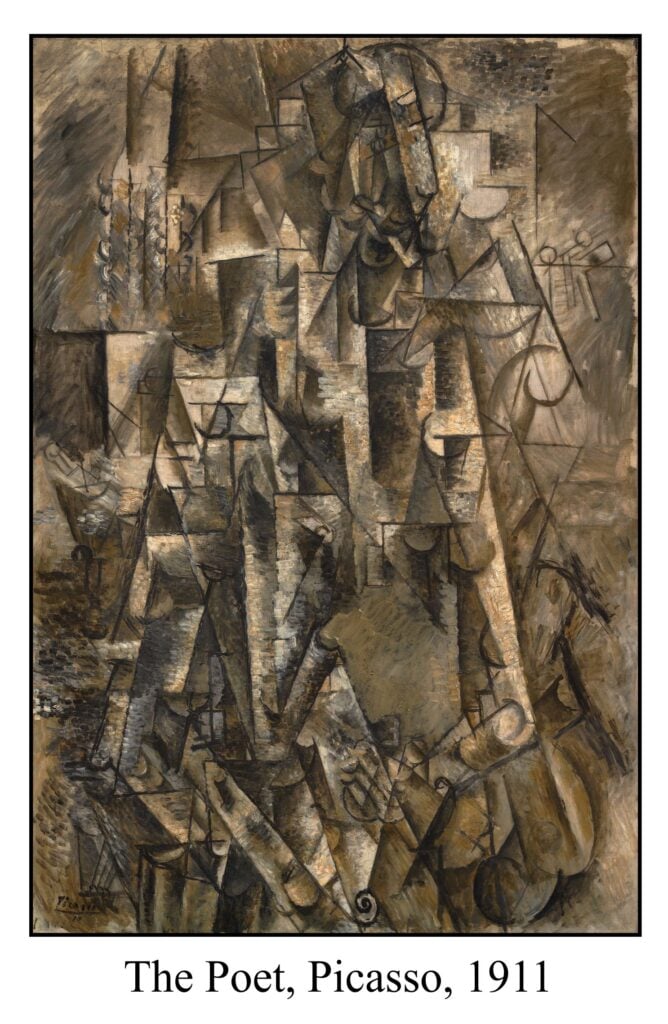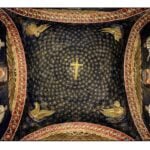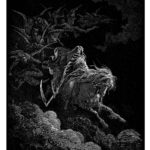
Religious belief differs from everyday belief. Since it cannot be tested or independently confirmed, religious belief must be accepted on faith. Religious belief generally starts with a few powerful and attractive ideas. For example: would it not be wonderful if we did not have to die? As time passes these foundational principles are elaborated and bolstered by other equally untestable beliefs to form a relatively coherent set of teachings. These “doctrines” can then organize communities of the faithful, govern the behavior of believers, and attract new converts. Some believers may choose to interpret the foundational ideas of a faith differently from the system of beliefs that are considered “orthodox” (Greek: ortho straight, correct + doxa, opinion). Beliefs that differ from the orthodox are termed heretical (Greek: hairesis, choice). Heresies are usually considered dangerous since they can easily disrupt the accepted doctrine and question the power of those who promote orthodoxy. Heresy occurs in the history of all the world’s religions (Henderson, 1988) This post limits itself to the early Christian beliefs and heresies about the nature of God, particularly those concerning the Trinity.











